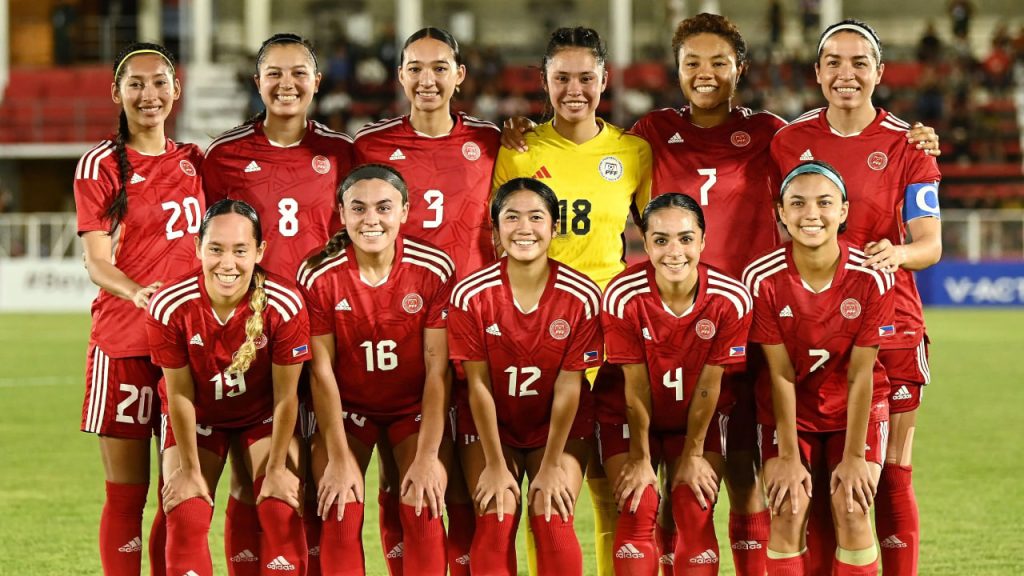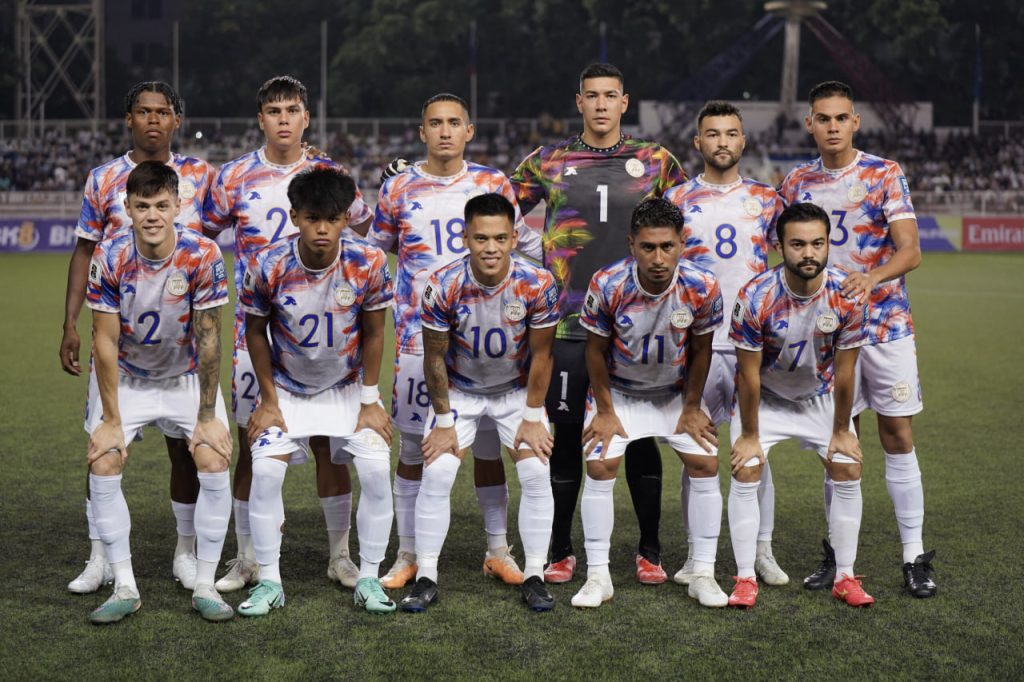Overview Football
Football, a game played by two teams of 11 players each, involves maneuvering a ball into the opposing team’s goal without using hands or arms, with the exception of the goalkeeper who can handle the ball within the penalty area. The objective is simple: the team that scores more goals wins.
Carlos Alberto Torres, a legendary figure, famously lifted the Jules Rimet trophy as captain after Brazil’s victory in the 1970 World Cup. Football’s appeal is universal, boasting the highest number of participants and spectators globally. Its basic rules and minimal equipment requirements allow it to be played anywhere—from official pitches to gymnasiums, streets, playgrounds, parks, and beaches.

Governed by the Fédération Internationale de Football Association (FIFA), football’s reach is immense. At the dawn of the 21st century, FIFA estimated there were around 250 million players and over 1.3 billion enthusiasts. The 2010 World Cup finals attracted a combined television audience of more than 26 billion, underscoring the sport’s global appeal. For the latest updates, platforms like BBC Sport Football provide comprehensive coverage of the football world.
For updates on upcoming tournaments and player rankings football, stay connected with 1xbet casino.
Origins of Modern Football
Modern football traces its roots back to Britain in the 19th century. Prior to this, “folk football” was played in towns and villages, each with its own set of rudimentary rules. Industrialization and urbanization reduced leisure time and available space, while legal restrictions against violent forms of folk football also contributed to the decline of these traditional games.
Football found a new home as a winter sport in British public schools such as Winchester College, Charterhouse, and Eton College. Each institution had its own rules, some allowing limited handling of the ball while others did not. This inconsistency posed challenges for students who wanted to continue playing after leaving school.
In 1843, an effort to standardize the rules began at the University of Cambridge. By 1848, the “Cambridge rules” were adopted by many public schools and spread further by graduates who established football clubs. A significant milestone occurred in 1863 when clubs from London and surrounding counties met to create a unified set of printed rules, leading to the formation of the Football Association (FA). These rules explicitly prohibited carrying the ball, distinguishing football from rugby, where handling the ball remained a key feature. By 1870, the FA banned all handling of the ball except by the goalkeeper, solidifying the foundation of the modern game. For updates and more information on football, platforms like BBC Football provide comprehensive coverage.
International Tournaments
- FIFA World Cup – The premier international football tournament held every four years, involving national teams from FIFA member countries.
- UEFA European Championship (Euro) – Held every four years, involving national teams from UEFA member countries.
- Copa América – South America’s main international tournament for national teams, held every four years.
- AFC Asian Cup – The main international tournament for Asian nations, held every four years.
- Africa Cup of Nations (AFCON) – The main international tournament for African nations, held every two years.
- CONCACAF Gold Cup – The main tournament for national teams from North America, Central America, and the Caribbean, held every two years.
- Olympic Football Tournament – Features younger national teams (under-23) with a few senior players allowed, held every four years in conjunction with the Summer Olympics.
- FIFA Confederations Cup – Held every four years as a prelude to the FIFA World Cup, involving champions of each continent’s tournaments, the World Cup winners, and the host nation (note: last held in 2017 and officially discontinued).
Club Tournaments
- UEFA Champions League – Europe’s premier club competition, involving top clubs from European leagues.
- UEFA Europa League – The second-tier European club competition.
- Copa Libertadores – The top club competition in South America.
- CONCACAF Champions League – The premier club tournament for teams from North America, Central America, and the Caribbean.
- AFC Champions League – The top club competition in Asia.
- CAF Champions League – The main club competition in Africa.
- FIFA Club World Cup – An annual tournament that features the champions of the six continental confederations, along with the league champion from the host country.
Philippines Women’s National Soccer Team

The Philippines women’s national football team represents the country in international women’s football and is managed by the Philippine Football Federation (PFF). Established in the 1980s, the team began competing in the AFC Women’s Asian Cup in 1981. They hosted the tournament in 1999 and took a break after 2003. The team made a remarkable comeback in 2018 by advancing past the group stage for the first time. Their success continued in the 2022 AFC Women’s Asian Cup, where they reached the semifinals and qualified for the 2023 FIFA Women’s World Cup, marking their first appearance in the tournament. Additionally, in 2022, they won their first AFF Women’s Championship title and achieved their highest-ever FIFA Women’s World Ranking of 38th from December 2023 to March 2024.
Philippines Men’s National Soccer Team

The Philippines national football team represents the country in international football and is managed by the Philippine Football Federation (PFF). The team has been competing internationally since 1913.
Early History: Before World War II, the Philippines played in the Far Eastern Championship Games against teams like Japan and the Republic of China.
Recent Achievements: The team has never qualified for the FIFA World Cup but did qualify for the AFC Asian Cup in 2019, which was a significant achievement. They also finished second in the 2014 AFC Challenge Cup, losing to Palestine in the final.
Challenges and Development: Football in the Philippines has faced challenges because basketball and boxing are more popular sports, which has affected football development. However, since the 2010 AFF Championship, there have been efforts to improve football in the country, leading to their first major tournament participation in the 2019 AFC Asian Cup.



